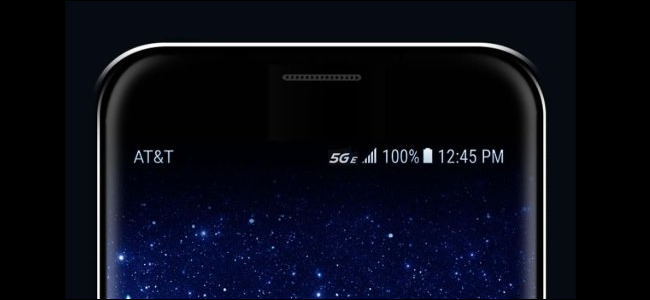
AT&T is about to brand much of its existing cellular network as “5G Evolution” or “5G E.” Your phone’s “4G” logo may transform to a “5G E” logo after an update, but nothing has actually changed.
What Exactly Is 5G Evolution?
AT&T originally announced “5G Evolution” back in 2017. It’s not a technical standard, and it doesn’t mean anything. It’s just branding for marketing AT&T’s existing 4G network.
Specifically, AT&T says its 5G E network includes features like “carrier aggregation, 4×4 MIMO, [and] 256 QAM.” According to AT&T, these technical upgrades offer faster data speeds. That’s all true, but these are just additional features on top of 4G LTE. Other cellular carriers also offer them, but continue to brand their networks as “4G LTE.”
In other words, AT&T’s move is deceptive. AT&T has added a few features that make its network faster than plain-old 4G LTE, but it’s not anywhere near close to 5G. AT&T says this paves the way for its “evolution to 5G,” hence the name.
AT&T is about to take the next step and roll out software updates for some of its Android phones, as it confirmed to FierceWireless on December 21, 2018. Many Android phones on the AT&T network will suddenly claim they’re connected to a “5G E” network rather than an “LTE” network. The Verge calls this a “fake 5G logo.”
It’s all just marketing. “5G E” doesn’t mean AT&T’s network is any faster than another carrier’s LTE network, which may offer the same features. It’s just branding that makes AT&T look like it’s ahead of other carriers.
How 5G E Is Different From Real 5G

5G E isn’t 5G at all—it’s 4G LTE. Sure, it’s 4G LTE with some extra features that make it faster, but many carriers have rolled those features out and still call their networks plain-old 4G LTE networks. “5G E” is meaningless.
No comments:
Post a Comment